From the time of the Buddha’s birth in 623 BC, his birthplace Lumbini – now in Nepal – has experienced a variety of natural and 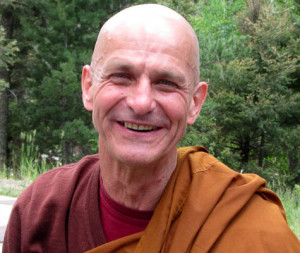 human-made dangers: earthquakes, floods, droughts. Today, an additional danger threatens its serenity: industrial and urban development.
human-made dangers: earthquakes, floods, droughts. Today, an additional danger threatens its serenity: industrial and urban development.
Since 1997, the year of Lumbini’s inscription on the United Nation’s World Heritage list, a total of 11 cement plants, 2 steel plants, and about 14 other carbon-emitting industries have been established within the Lumbini Protected Zone. Of these, a number of industries have recently expanded their production capacity, with at least 30 brick kilns operating in the area, creating atmospheric pollution. Urban development and biomass burning are other sources of air pollution. This pollution is the major cause for the degradation of Lumbini’s Ashoka Pillar, erected in the 3rd century BC by the Indian Emperor Ashoka to commemorate his visit to to Buddha’s birthplace. Additionally, increasing numbers of tourists visiting Lumbini have taken their toll on the ancient site.
A rapid transition from agriculture to industrial and urban activities in the vicinity of Lumbini has led to the loss of wildlife and habitats for endangered species. Cement dust accumulating on plants and soil has also affected plant growth and crop yield.
 A number of central Buddhist principles can relate to environmental conservation and may help guide our actions in the case of Lumbini and other sites precious to humanity. Influential in defining ethical attitudes toward the natural world are the four Brahma-viharas. Referred to as the “sublime attitudes,” universal love (metta), compassion (karuna), sympathetic joy (mudita), and equanimity (upekkha) foster feelings that lead to the protection of the natural world and ensure its well-being. A truly compassionate and loving human being would find it difficult to reconcile these sentiments with callous environmental damage and cruel sports pursued merely for the sake of enjoyment.
A number of central Buddhist principles can relate to environmental conservation and may help guide our actions in the case of Lumbini and other sites precious to humanity. Influential in defining ethical attitudes toward the natural world are the four Brahma-viharas. Referred to as the “sublime attitudes,” universal love (metta), compassion (karuna), sympathetic joy (mudita), and equanimity (upekkha) foster feelings that lead to the protection of the natural world and ensure its well-being. A truly compassionate and loving human being would find it difficult to reconcile these sentiments with callous environmental damage and cruel sports pursued merely for the sake of enjoyment.
Ahimsa is one of the most basic principles of Buddhist ethics, and one for which it is universally admired. It finds expression in Buddhist ethics in many moral codes, but particularly as the first of the Five Precepts (panca-sila) which prohibits “onslaught on living creatures” (panatipata). Although ahimsa literally means “non-harming” or “non-violence,” it embodies much more than these negative-sounding translations suggest. Ahimsa is not merely the absence of violence, but involves a deeply positive feeling of respect for living beings, a moral position associated in the West with the terms “respect for life” or “the sanctity of life.”
In India, ahimsa seems to have been emphasized most among movements such as Buddhism and Jainism which emphasized concern (daya) and sympathy (anukampa) for living creatures, and an increasing empathy with them based on the awareness that others dislike pain and death just as much as oneself. As the Dhammapada notes, “All tremble at violence, all fear death. Comparing oneself with others one should neither kill nor cause to kill.”
As a result of its association with ahimsa, Buddhism is generally perceived as non-violent and peace loving. While Buddhist countries have not been free from war and conflict, Buddhist teachings constantly praise non-violence and express disapproval of killing or causing injury to living things. In the words of the Dhammapada, “He who has renounced violence towards all living beings, weak or strong, who neither kills nor causes others to kill – him do I call a holy man.”
Though ecology and animal rights were probably not distinct topics in the philosophical agenda of the ancients, under the influence of  ahimsa, rules and practices have since developed which concretely aim at avoiding damaging plants and more prominently animals.
ahimsa, rules and practices have since developed which concretely aim at avoiding damaging plants and more prominently animals.
Lumbini is a sacred site. But insensitive, rapid and uncontrolled industrial and urban development threatens its very existence. Sacred places need to be safeguarded, as many have been lost throughout history due to the lack of protection. There are strong calls for collective measures to safeguard Lumbini, the sacred environment of the birthplace of the Buddha, so that this precious World Heritage site and its peaceful setting can be passed on to future generations.
The writer has referred to the books Encyclopedia of Buddhism and Contemporary Buddhist Ethics by D.Keown in putting together this article, and had also used his translation of the Dhammapada for the quotes.

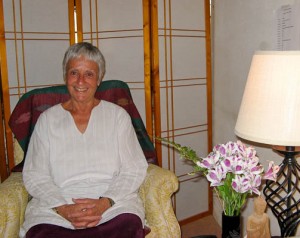 Henry David Thoreau from ‘Faith In A Seed’…
Henry David Thoreau from ‘Faith In A Seed’…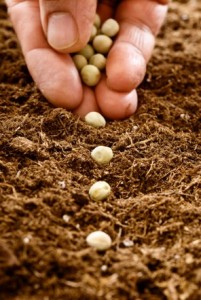
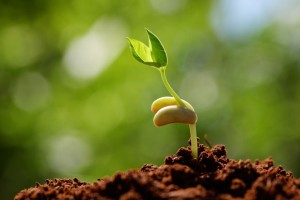 path, we actually must rely on faith. It’s not a path rooted in belief. Meeting our experience with a set of beliefs is a process of perceiving and interpreting experience so that it conforms with our learned habituated patterns of thinking & acting, which then leads us to re-act these habituated ways of thinking & acting again & again.
path, we actually must rely on faith. It’s not a path rooted in belief. Meeting our experience with a set of beliefs is a process of perceiving and interpreting experience so that it conforms with our learned habituated patterns of thinking & acting, which then leads us to re-act these habituated ways of thinking & acting again & again.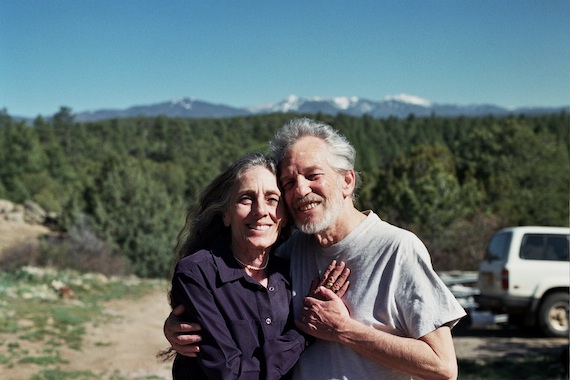 As one teacher said, meditation is just one insult after another. This also speaks to your earlier question about how the first stages of healing are disorienting. As you go in, you see you aren’t who you think you are; often, we’re confronted with the truth of our grasping, greediness, lustfulness, self-interest, and general ignorance of ourselves and the world. But meditation allows truth to arise, and even if the truth is an unpleasant one for a moment, it is the truth. It is beautiful and feeds us, energizes us, heals us. Meditation takes us beyond the mind to who we really are, the shared heart of being.
As one teacher said, meditation is just one insult after another. This also speaks to your earlier question about how the first stages of healing are disorienting. As you go in, you see you aren’t who you think you are; often, we’re confronted with the truth of our grasping, greediness, lustfulness, self-interest, and general ignorance of ourselves and the world. But meditation allows truth to arise, and even if the truth is an unpleasant one for a moment, it is the truth. It is beautiful and feeds us, energizes us, heals us. Meditation takes us beyond the mind to who we really are, the shared heart of being.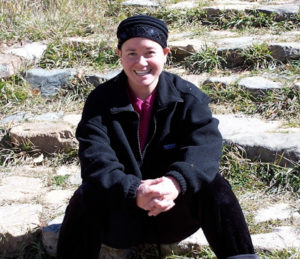
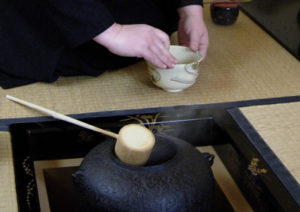
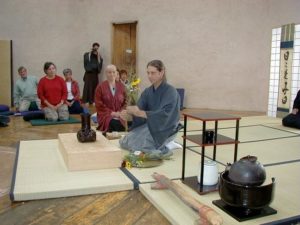

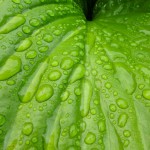 about every human being and culture on this planet marks the passage of cyclical time in various ways. I’ve just recently marked the completion of 75 years of life. And for many of us the closure of one cycle and the opening of a new cycle has just occurred via the ending of one year and the beginning of a new year. These punctuations of time often inspire reflection regarding how we’ve lived our life through the years…how we’ve responded or reacted to what life has offered and the wisdom or folly of the decisions we’ve made. In light of our reflections, we are often inspired to create heartful intentions and resolves towards living with more gratitude along with living more wisely, compassionately and joyfully.
about every human being and culture on this planet marks the passage of cyclical time in various ways. I’ve just recently marked the completion of 75 years of life. And for many of us the closure of one cycle and the opening of a new cycle has just occurred via the ending of one year and the beginning of a new year. These punctuations of time often inspire reflection regarding how we’ve lived our life through the years…how we’ve responded or reacted to what life has offered and the wisdom or folly of the decisions we’ve made. In light of our reflections, we are often inspired to create heartful intentions and resolves towards living with more gratitude along with living more wisely, compassionately and joyfully.

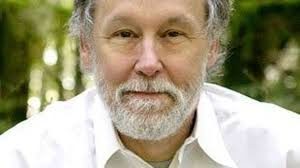
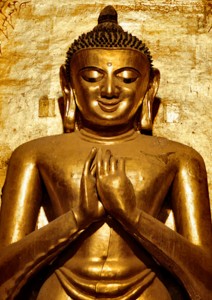 With all of the talk about suffering in Buddhism, we can often forget the joy, ease, and contentment that provide the foundation and expression of this spiritual path. The Buddha continually encourages us to savor the joy and contentment that arise from such things as ethical conduct, generosity, appreciative joy, and concentration. Even the practice of renunciation is taught from this perspective of joy and happiness. For example, in the Dhammapada the Buddha says:
With all of the talk about suffering in Buddhism, we can often forget the joy, ease, and contentment that provide the foundation and expression of this spiritual path. The Buddha continually encourages us to savor the joy and contentment that arise from such things as ethical conduct, generosity, appreciative joy, and concentration. Even the practice of renunciation is taught from this perspective of joy and happiness. For example, in the Dhammapada the Buddha says: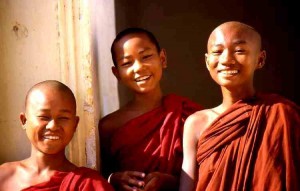 retreat with a fellow Dharma teacher. At the end of the retreat, he turned to me and said, “Brian, we did a really good thing.” When I acknowledged his statement in passing but did not truly take it in, he sternly looked at me and said, “We did a really good thing and it’s important to really take that in.” I realized that I had been missing this precious opportunity to savor the deep joy and contentment that arises from sharing the Dharma. From this experience, I began to understand that there were many wholesome acts I was engaging in that carried the seeds of my joy and contentment, and all I needed to do was to notice and begin to savor them.
retreat with a fellow Dharma teacher. At the end of the retreat, he turned to me and said, “Brian, we did a really good thing.” When I acknowledged his statement in passing but did not truly take it in, he sternly looked at me and said, “We did a really good thing and it’s important to really take that in.” I realized that I had been missing this precious opportunity to savor the deep joy and contentment that arises from sharing the Dharma. From this experience, I began to understand that there were many wholesome acts I was engaging in that carried the seeds of my joy and contentment, and all I needed to do was to notice and begin to savor them.
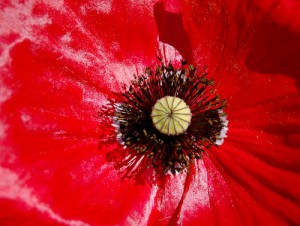
 of all sizes, prickly long green cucumbers and pregnant green peas…the harvest is abundant. The air carries that special smell of autumn this morning. As I walk near the peach tree a gentle breeze sends a strong sweet whiff directly into my nose from the fat ripe peaches hanging in the tree. Seeing, smelling and touching these experiences of summer and fall as they teeter-totter back and forth…the garden continues teaching me. My mind and heart are moved. The end of the garden is near. A touch of poignancy is felt along with great joy and deep gratitude for all the fresh, nurturing, beautiful and delicious food that is being provided. And pretty soon I will have a rest from the day by day hard work that it’s taken to nurture this garden that is now nurturing me. Physical and mental energy will be available to use in other ways as the cold seasons move in and the garden lies fallow.
of all sizes, prickly long green cucumbers and pregnant green peas…the harvest is abundant. The air carries that special smell of autumn this morning. As I walk near the peach tree a gentle breeze sends a strong sweet whiff directly into my nose from the fat ripe peaches hanging in the tree. Seeing, smelling and touching these experiences of summer and fall as they teeter-totter back and forth…the garden continues teaching me. My mind and heart are moved. The end of the garden is near. A touch of poignancy is felt along with great joy and deep gratitude for all the fresh, nurturing, beautiful and delicious food that is being provided. And pretty soon I will have a rest from the day by day hard work that it’s taken to nurture this garden that is now nurturing me. Physical and mental energy will be available to use in other ways as the cold seasons move in and the garden lies fallow.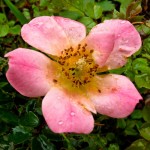 If you are earnest about vipassana, you are used to turning toward something that arises in the field of awareness. We are well trained in that. And we know mindfulness will deepen our comprehension of any contact. Not only that, but mindfulness will drive away the deluding power of pleasure, pain and the perceptions of lasting happiness. The heart essence of vipassana is to relieve us from our default mode of taking everything personally. That’s liberation.
If you are earnest about vipassana, you are used to turning toward something that arises in the field of awareness. We are well trained in that. And we know mindfulness will deepen our comprehension of any contact. Not only that, but mindfulness will drive away the deluding power of pleasure, pain and the perceptions of lasting happiness. The heart essence of vipassana is to relieve us from our default mode of taking everything personally. That’s liberation.